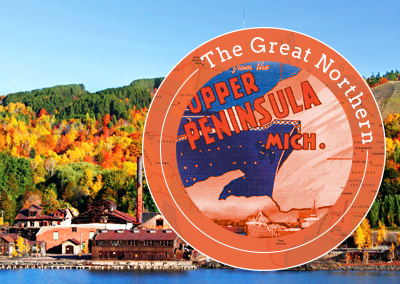Chadron
The largest town in northwest Nebraska, Chadron (pop. 5,488) sits at the northern edge of the Sand Hills region, bounded by pine forests to the south and the Pine Ridge Sioux Reservation to the north, across the South Dakota border. The highway frontage along US-20 isn’t especially inviting, but the two-block town center preserves its turn-of-the-20th-century character with sandstone and brick-fronted buildings along the south side of the still-used railroad tracks.
Chadron may feel livelier and younger than other Nebraska towns, thanks to the energetic presence of Chadron State College, which has 3,000 students and an intriguing museum, the Mari Sandoz High Plains Heritage Center (1000 Main St., 308/432-6401, free). Known as the “The Story Catcher,” Sandoz (1896-1966) wrote about growing up on a nearby ranch in her first book, the haunting classic Old Jules, and captured the spirit and history of the Great Plains in her many later works of fiction and nonfiction. The museum has extensive displays of her personal effects and free pamphlets describing a driving tour of Sandoz-related sites in the area.
Besides giving a good look at the diverse heritage of the Sand Hills region, Chadron makes a handy base for trips north to the Pine Ridge lands and the Black Hills of South Dakota, or south to the marvelous Carhenge. Motels include a Best Western and a Super 8, but The Olde Main Street Inn (115 Main St., 308/432-3380, $65-95) has the most character. Part old railroad hotel, part cozy B&B, the inn has rooms, a popular restaurant and a saloon downstairs, and Chadron’s only espresso machine. The hotel has a historical dark side as well: In 1890, General Nelson Miles stayed at this hotel when his soldiers massacred Sioux women and children at Wounded Knee.
Even if you’re just passing through, don’t miss one of the great stops on the Great Plains, the excellent Museum of the Fur Trade (308/432-3843, daily May-Oct., by appointment rest of the year, $5), on US-20 4 mi (6.4 km) east of downtown Chadron. One of the great small museums in the United States, this privately run collection focuses on the material culture of the North American frontier. Its extensive displays bring to life the first few centuries of interaction between Native Americans and Europeans. Besides giving the overall historical context of the fur trade and its many related enterprises, the collection emphasizes the day-to-day realities of life on the Great Plains in the 18th and 19th centuries. Walls decked with weapons and bottles of whiskey (from the Americans), rum (from the English), and brandy (from the French) document the better-known aspects, but what captures your attention are the little things: packs of playing cards, a checkerboard—even a waterproof parka made out of seal intestines by the Inuit.
















